As the price of oil and gas continues to slide, cash-strapped companies are abandoning wells, and with that comes the need to deal with well sites. For 2015, Alberta’s Orphan Well Association (OWA) listed 705 orphan wells, a more than four-fold increase from 2014, when 162 were classified that way, which is almost 10 times what existed in 2013 (74) and a gigantic increase from only 14 in 2012.
In the oil and gas industry, an orphan is a well, pipeline, facility or site that doesn’t have a legally responsible or financially-able party to deal with reclamation.
Alberta’s OWA is a non-profit organization that manages orphans.
The association is funded by the oil and gas industry via an Orphan Fund Levy.
All of the roughly 800 oil and gas licensees in Alberta, from mom and pop companies to global companies like ExxonMobil, get an annual bill for the levy.
The 2015 budget for reclamation/remediation (R/R) is $30 million; in 2014, it was $15 million, and in 2013, stood at $12 million.
In Alberta, there are hundreds of companies involved in R/R, an industry affected by the drop in oil prices in an atypical way.
"We operate countercyclical to industry, so when things slow down, we have better opportunities to find services to get our work done," said Pat Payne, OWA’s manager.
In fact, when the oil industry is booming, it can be difficult to secure R/R site services.
"That’s not the case today," said Brad Herald, vice-president of Western Canada operations with the Canadian Association of Petroleum Producers.
There are more companies ready to work, than demand for their services, he said from Calgary.
While there’s now the luxury of choice as to which company gets works, the OWA still has guidelines.
Some oil well companies go bankrupt and leave unpaid bills.
To help mitigate this impact, the OWA likes to return money to the communities by awarding contracts to local companies, so in some cases, the lowest bidder doesn’t always get the job.
And, larger companies don’t always submit the lowest bids, so the OWA ends up working with a variety of companies.
"However, when we have very large projects, we do have to hire companies that have the capacity, like enough trucks, for us to get our work done efficiently," he said.
"We find that companies that are most experienced in environmental work will tend to put in the best bids. We like qualified local contractors because we do not like paying to move equipment all over the province, particularly for smaller jobs."
R/R costs range from under $20,000 to more than $1 million, depending on the site.
The OWA usually uses an $180,000 per site average for budgeting, Payne said.
One contractor is Jeff Biegel, who owns Sharp Environmental, in Fairview, Alta.
Biegel, who has a bachelor of science degree in agriculture, was a reclamation inspector for Alberta Environment from 1988 to 1994. In 1994, he started Sharp.
In his early days, he did more reclamation on agricultural land, known as the "white" zone.
Now, he’s doing about 70 per cent of his R/R work in the "green" zone, which is forested land.
Remediation, also called decontamination, involves the investigation and removal of contaminants that affect soil and groundwater.
Minor reclamation involves limited work, such as paratilling for soil de-compaction, rock picking, removal of debris, repairing minor slumping or repairing erosion on access roads.
Activities may also include adding small amounts of topsoil, seeding, planting trees or fencing.
Major reclamation requires substantial work, such as lease and access road stripping, topsoil replacement, soil re-distribution or major re-contouring to blend the site back into the surrounding landscape. As well, weed control and vegetation monitoring may be required.
Biegel’s work begins when a well is at the end of its life or has been abandoned.
Wells can have a life span of five to 50 years.
If he is doing reclamation work, Phase 1 kicks in.
He’ll check historical drilling documents, interview landowners, obtain aerial photos of the site and look for potential contaminants, which can be found in sump sites.
In Phase 2, he’ll do an electromagnetic survey of the site, using EM machines which map average variations of electrical conductivity at various depths.
Working in tandem with a GPS (total cost for both pieces, about $50,000), the EM picks up signals from inorganic matter, such as metal or salt.
A software program that generates colour-coded maps is used for location purposes in conjunction with the EM data.
For example, a bull’s eye is displayed, if saltwater is found, Biegel said.
With problems identified, drilling is done to extract soil for lab analysis.
Phase 3 kicks in when it’s been determined contamination exists and a treatment plan is developed.
Soil can be burned or the "dig and dump" method can be used when dirt is trucked to landfills.
Digging proceeds until clean dirt is reached.
In select cases, contaminated dirt is deposited on farmland. It can be treated with insects or chemicals.
When sites from the 1950s and 1960s are found, treatment can be a massive undertaking.
Few regulations were in place during those years and sump pits at well sites were literally garbage dumps, Biegel said.
Barrels, garbage, construction materials, cable, even diesel (it was cheaper to dump small amounts than move it) all got dumped in the sump.
At one site near Goodfare, Alta., 220,000 tons of dirt were trucked to a landfill over one year.
The hole was big enough to bury a skyscraper, Biegel said. The remediation cost $6 million.
"From the 90s and on, sites are typically clean," Biegel said.
Today’s comprehensive regulations mean it can take three to 15 years to complete the R/R process, compared to about three to five years in the past.
The typical time is about 10 years, said Payne.
The last step is production of the detailed site assessment document, which can be up to three inches thick. The DSA outlines work done and is sent to the Alberta Energy Regulator.
There are 444,000 wells in Alberta, 214,000 are active and 63,000 are abandoned, with the remainder exempt or inactive.
At the current rate of R/R, it will take 25 to 30 years to get caught up, and that’s only if new wells aren’t drilled, Biegel said.

1/3
The dip in oil prices has hit Alberta’s oil and gas industry hard. There are now 705 orphan wells in the province and a non-profit is attempting to remediate the sites.
Photo: Courtesy of the Orphan Well Association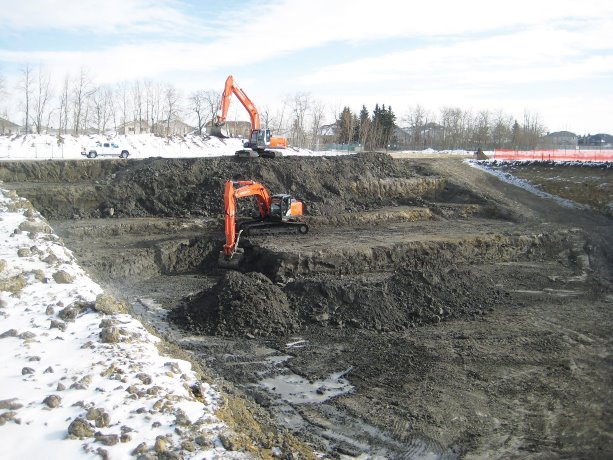
2/3
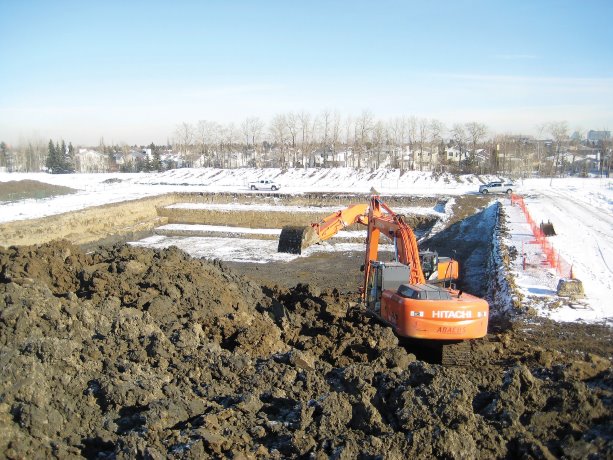
3/3
On average


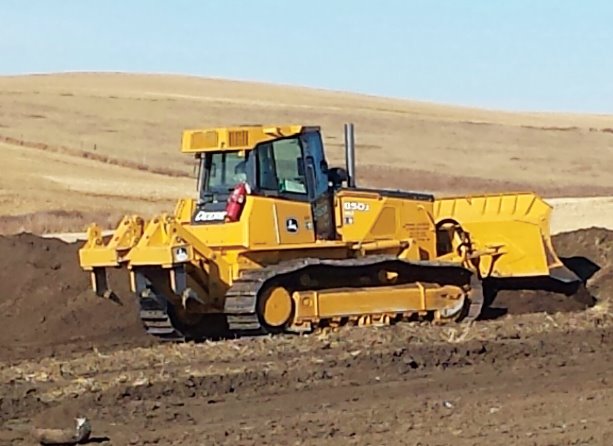



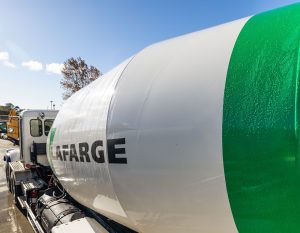


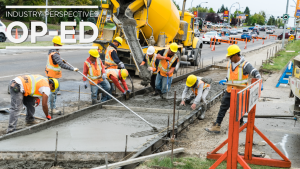
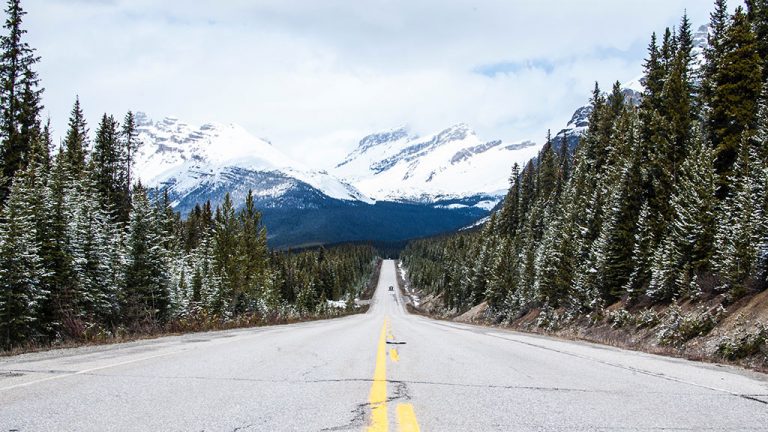
Recent Comments
comments for this post are closed